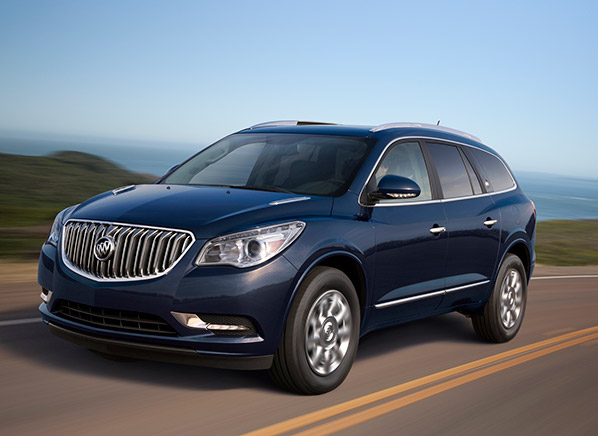Americans might be spending less on themselves, but not on their furry friends. In a survey conducted by the Associated Press in December 2008, just one in seven pet owners said they had curtailed spending on their pet during the past year, even as they cut other expenses.
Prices range as widely as the foods—everything from low-glycemic and grain-free meals to human-food mimics such as chicken pot pie. At stores near our headquarters in Yonkers, N.Y., per-day costs for dry foods for a 35-pound dog ranged from about 38 cents (Walmart's Ol' Roy Krunchy Bites & Bones) to about $2.88 (Karma Organic). Prices for canned foods ranged from $1.38 per day (Ol' Roy Hearty Cuts in Gravy) to $4.78 (Merrick Turducken Entreé).
We asked eight experts in dog and cat nutrition at seven top veterinary schools what you get by spending more for pet food. (Note: All but one have received some funding from the pet-food industry.) They also shared advice on pet feeding. Answers represent their consensus.
Should you pay a lot for pet food?
"There's no scientific evidence that any food is better than the next," says Joseph Wakshlag, D.V.M., Ph.D., an assistant professor of clinical nutrition at the Cornell University College of Veterinary Medicine. Pets can thrive on inexpensive food or become ill from pricey food. If your animal is active and healthy, the food is doing its job. A higher price could mean better ingredients and better quality control during and after manufacturing. But you might also be paying for pretty packaging, marketing, or a fancy name.
Can inexpensive food make a pet sick?
Most experts said they haven't seen that happen, with the exception of a zinc deficiency in the 1980s that was traced to a generic dog food. But half had seen pets become ill from eating homemade pet food, a growing trend since the 2007 recall of some commercial pet foods contaminated by melamine. Dogs and cats each require about 40 different nutrients in very specific proportions. If you insist on making your own pet food, consider enlisting an animal nutritionist certified by the American College of Veterinary Nutrition (www.acvn.org) or get help from www.balanceit.com or www.petdiets.com, which the ACVN lists as resources on its site.
What ingredients should you look for?
Most experts said individual ingredients are much less important than overall nutrient profile. Check the label for two statements. Look for food labeled "complete and balanced," which indicates it can be the pet's sole nourishment (unlike a treat). Also look for food labels stating that nutritional adequacy was validated by animal-feeding tests based on protocols from the American Association of Feed Control Officials, a regulatory group. That statement is a step above the other one AAFCO allows—that a food was formulated to meet the group's nutrient profiles. Make sure you can find the manufacturer's contact information, in case you have questions.
Do you need to buy food with claims?
For pet food, there's no official definition of organic, human-grade, premium, no fillers, or gourmet. Gluten-free foods are generally necessary only for the tiny percentage of pets that are intolerant of that protein. There's some evidence that antioxidants—such as vitamin E—and some omega-3 fatty acids might enhance pets' immunity or help protect against certain diseases, but the experts were split on whether you need to look for them.
How important is age-specific food?
It's very important for puppies, kittens, and pregnant pets, which have especially stringent nutritional needs. Foods "for growth" or "for all life stages" meet those needs. Foods "for maintenance" are for healthy adults only. "Senior" is "a marketing term, not a nutritional term," says Sarah K. Abood, D.V.M., Ph.D., an assistant professor of small-animal clinical sciences at Michigan State University's College of Veterinary Medicine.
Do wet and dry differ nutritionally?
No, but there's a cost difference: Wet foods contain about 75 percent water, so you need more to get the same calories. The experts we spoke to said that the decision usually comes down to price, convenience, the pet's preference, and any health issues. Cats with kidney or urinary problems might benefit from the moisture in wet food, for example, and animals with dental issues might benefit from dry food.
What do vets feed their pets?
Among them, our experts have 11 dogs and at least six cats. Most told us they use a variety of common brands sold at pet stores or supermarkets. They use both wet and dry and often combine the types.


























